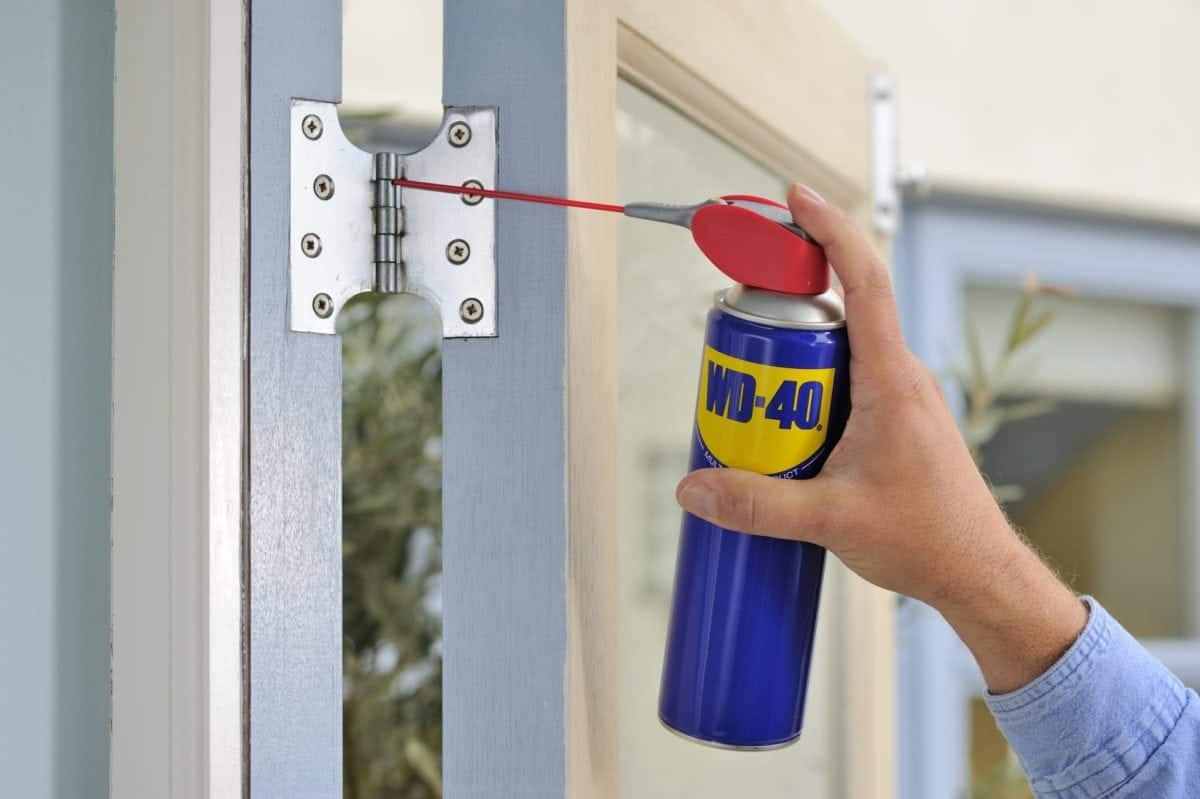

Articles
How To Fix A Squeaky Door
Modified: January 6, 2024
Learn how to fix a squeaky door with these helpful articles. Find step-by-step instructions and expert tips to silence the irritating noises.
(Many of the links in this article redirect to a specific reviewed product. Your purchase of these products through affiliate links helps to generate commission for Storables.com, at no extra cost. Learn more)
Introduction
A squeaky door can be an annoying nuisance that disrupts your comfort and peace at home. Whether it’s the front door, bedroom door, or bathroom door, the high-pitched sound can be bothersome to not only you but also those around you. Fortunately, fixing a squeaky door is a relatively simple task that can be done with a few basic tools and some quick troubleshooting.
In this article, we will guide you through the step-by-step process of identifying the source of the squeak and providing easy and effective solutions to get rid of that irritating sound once and for all. By following these simple techniques, you will soon be able to enjoy a squeak-free door that opens and closes smoothly.
But before we dive into the solutions, it’s essential to understand the underlying causes of a squeaky door. The most common reason for a squeak is friction between the metal hinges. Over time, constant use and exposure to the elements can cause the hinges to become dry or rusty, resulting in the squeaking noise. In some cases, loose screws or hinge misalignment can also contribute to the problem.
So, if you’re ready to silence that annoying squeak and bring peace back to your home, let’s get started and learn how to fix a squeaky door step by step.
Key Takeaways:
- Say goodbye to annoying squeaky doors by identifying the source of the squeak, gathering the right tools, and following a step-by-step process to fix the issue. Enjoy a peaceful and quiet home once again!
- From inspecting hinges to adding shims and replacing worn-out hinges, you can tackle squeaky door problems with confidence. Restore tranquility to your home and bid farewell to that irritating squeak for good!
Read more: How To Fix Squeaky Floors
Identifying the Source of the Squeak
Before you can fix a squeaky door, it’s important to identify the source of the squeak. This will help you determine the most appropriate solution for the problem.
Start by opening and closing the door slowly to isolate the exact location of the squeak. Pay close attention to the hinges and listen for the noise. If the squeak occurs when the door is in motion, it is likely coming from the hinges.
Next, visually inspect the hinges for any signs of wear or damage. Look for rust, corrosion, or loose screws. If the hinges appear rusty or dirty, they may need lubrication. If the screws are loose, tightening them may solve the problem.
If the squeak persists even after tightening the screws and lubricating the hinges, there may be additional issues causing the noise. Check for any signs of misalignment or hinge damage. It’s also worth examining other components of the door, such as the latch or door frame, as these can sometimes be the source of the squeak.
By carefully identifying the source of the squeak, you can better understand the problem at hand and choose the most appropriate solution to fix it. In the next section, we will discuss the tools and materials you will need for the repair process.
Gathering Necessary Tools and Materials
Before you start fixing a squeaky door, it’s important to gather the necessary tools and materials. Having everything at hand will ensure a smooth and efficient repair process.
Here is a list of the tools and materials you will need:
- Lubricant: Choose a lubricant suitable for door hinges such as WD-40, silicone spray, or graphite powder.
- Screwdriver: Depending on the type of screws used in your door hinges, you may need a Phillips head or flathead screwdriver.
- Hammer: A hammer may be necessary for removing and adding shims, if required.
- Shims: These thin pieces of material are used to fill gaps and adjust the alignment of the door and frame.
- Replacement Hinges: If the hinges are severely damaged or worn-out, you may need to replace them entirely. Make sure to purchase hinges that match the size and style of your existing ones.
- Safety Equipment: It’s always a good idea to have basic safety equipment, such as gloves and safety glasses, on hand to protect yourself during the repair process.
Once you’ve gathered all the necessary tools and materials, you’ll be well-prepared to tackle the squeaky door repair. In the following sections, we will guide you through each step of the process, from inspecting the hinges to balancing the door, providing you with practical tips and solutions along the way.
Step 1: Inspecting the Hinges
In order to fix a squeaky door, the first step is to thoroughly inspect the hinges. This will help you identify any visible issues or signs of damage that may be causing the squeak.
Here’s how to inspect the hinges:
- Open the door fully and inspect the hinges on both the door and the frame. Pay attention to any signs of rust, corrosion, or dirt buildup.
- If you notice rust or corrosion, use a wire brush or sandpaper to gently remove the buildup. Be careful not to damage the hinges or surrounding areas during this process.
- Check for any loose screws in the hinges. Use a screwdriver to tighten them if necessary.
- Examine the hinge pins to make sure they are in good condition. If you notice any damage or signs of wear, consider replacing the pins.
- Inspect the hinge plates or leaves to ensure they are properly aligned. Misalignment can cause uneven wear and contribute to the squeak.
By thoroughly inspecting the hinges, you will be able to identify any visible issues that may be causing the squeaky door. If the hinges appear to be in good condition and there are no loose screws or visible signs of damage, proceed to the next step.
In the next section, we will discuss how to apply lubrication to the hinges to reduce friction and eliminate the squeak.
Step 2: Applying Lubrication
One of the most common causes of a squeaky door is friction between the metal hinges. Applying lubrication to the hinges can help reduce friction and eliminate the annoying squeak.
Follow these steps to apply lubrication:
- Start by closing the door so that you can access the hinges more easily.
- Spray a lubricant, such as WD-40, silicone spray, or graphite powder, onto the hinge pins and into the hinge joints.
- Move the door back and forth several times to allow the lubricant to penetrate the hinges fully.
- If you notice excess lubricant, wipe it away with a clean cloth.
Remember to choose a lubricant that is specifically designed for use on door hinges. Avoid using household oils or greases as they may attract dust and dirt, leading to further issues in the long run.
Applying lubrication can often solve the squeaky door problem. However, if the squeak persists after applying lubricant, there may be other underlying issues to address. In the next step, we will address the possibility of loose screws contributing to the squeak.
Apply a lubricant, such as WD-40 or silicone spray, to the hinges and moving parts of the door to reduce friction and eliminate the squeaking.
Read more: How To Fix A Squeaky Mattress
Step 3: Tightening Loose Screws
If applying lubrication did not resolve the squeaky door issue, there is a possibility that loose screws are contributing to the noise. In this step, we will guide you through the process of tightening loose screws in the hinges.
Follow these steps to tighten loose screws:
- Open the door partially so that you have access to the hinges.
- Inspect the hinges and identify any screws that appear loose or protruding.
- Using a suitable screwdriver, tighten each loose screw by turning it clockwise. Apply some pressure to ensure a tight fit.
- Check the door’s movement after tightening the screws. If the squeak has disappeared, you have successfully resolved the issue.
It is essential to tighten the screws adequately to ensure they hold the hinges firmly in place. However, be careful not to overtighten them, as this could strip the screw holes or damage the hinges.
If tightening the screws did not eliminate the squeak, there may be other factors causing the noise. In the next step, we will explore the option of adding a shim to address misalignment as a potential solution.
Step 4: Adding a Shim
If the squeaky door persists after tightening the screws, misalignment may be the culprit. In some cases, adding a shim can help address this issue and eliminate the squeak.
Follow these steps to add a shim:
- Close the door and inspect the gap between the door and the door frame. If the gap is uneven or wider in certain areas, it indicates misalignment.
- Measure the width and height of the gap using a ruler or tape measure.
- Cut a shim from a thin piece of material, such as cardboard or wood, to match the measurements of the gap.
- Open the door partially and slide the shim into the gap between the hinge and the door or door frame.
- Close the door and check if the squeak has been eliminated. If not, you may need to adjust the positioning or thickness of the shim.
The shim helps to level out the door and resolve any misalignment that may be causing the squeak. It provides additional support and stability to the hinge, reducing friction and noise.
If adding a shim does not solve the problem, it’s time to consider the possibility of replacing worn-out hinges. This will be discussed in the next step.
Step 5: Replacing Worn-out Hinges
If none of the previous steps have successfully resolved the squeaky door issue, it may be necessary to replace the worn-out hinges. Over time, hinges can become damaged or worn, leading to persistent squeaking.
Follow these steps to replace worn-out hinges:
- Start by determining the type and size of hinges currently installed on your door. Take note of their dimensions and style.
- Purchase new hinges that match the size and style of the existing ones. It’s important to ensure a proper fit.
- Carefully remove the old hinges by unscrewing them from the door and frame. Use a screwdriver appropriate for the screws used in your hinges.
- Align and install the new hinges in the same locations as the old ones. Make sure they are flush with the door and frame.
- Tighten the screws securely to firmly attach the new hinges.
- Open and close the door to test if the squeaking noise has been resolved. The new hinges should provide a smooth and silent operation.
Replacing worn-out hinges can significantly improve the functionality and silence of your door. It is a more involved solution compared to the previous steps, but it can lead to long-term satisfaction and peace without the annoyance of a squeaky door.
If the squeak persists even after replacing the hinges, it may be necessary to address other factors contributing to the noise, such as an unbalanced door. This will be discussed in the following step.
Step 6: Balancing the Door
If you’ve gone through all the previous steps and are still dealing with a squeaky door, it’s possible that the door itself is unbalanced. An unbalanced door can put extra strain on the hinges, leading to squeaking and other issues.
Follow these steps to balance the door:
- Open the door partially and observe its position. If it tends to swing or lean to one side, it is likely unbalanced.
- Inspect the hinges and make sure they are securely attached to the door and frame.
- Use a screwdriver to loosen the screws on the hinges just enough so that they are not fully tight. This will allow for slight adjustments.
- Adjust the position of the door by lifting or lowering it slightly until it is level.
- Once the door appears balanced, tighten the screws on the hinges to secure them in place.
- Test the door by opening and closing it to check for any remaining squeaks. If the door is properly balanced, the squeaking should be eliminated.
By ensuring that the door is properly balanced, you can reduce strain on the hinges and promote smooth, quiet operation. It’s important to periodically check and rebalance the door if you notice any signs of it becoming unbalanced again.
With these steps, you should now have a solid understanding and a series of potential solutions to fix a squeaky door. By identifying the source of the squeak, gathering the necessary tools, and following the step-by-step process, you can enjoy a silent and smoothly functioning door.
Remember, each step is important, and it may take a combination of these solutions to fully resolve the issue. However, with some patience and effort, you can finally bid farewell to that annoying squeak and enjoy a peaceful and quiet home.
Read more: How To Fix Squeaky Carpeted Stairs
Conclusion
A squeaky door can be a constant source of irritation and disrupt the tranquility of your home. However, by following the steps outlined in this article, you can easily fix the issue and restore peace to your living space.
Start by identifying the source of the squeak, whether it is rusty hinges, loose screws, misalignment, or worn-out hinges. Thoroughly inspect the hinges and surrounding components to pinpoint the problem.
Gather the necessary tools and materials, including lubricant, a screwdriver, shims, replacement hinges (if needed), and safety equipment. Having everything on hand will streamline the repair process.
Proceed through the step-by-step process, starting with inspecting the hinges, applying lubrication, tightening loose screws, adding a shim for misalignment, and replacing worn-out hinges if necessary.
If all else fails, consider rebalancing the door to ensure proper alignment and operation. This step can make a significant difference in eliminating any remaining squeaks.
Remember, it may take a combination of steps to completely resolve the issue. Be patient and persistent, and don’t hesitate to seek professional help if needed.
With your newly acquired knowledge and the tools at your disposal, you can confidently tackle any squeaky door problem that comes your way. Enjoy the quiet and smooth operation of your door, and revel in the restored peace and serenity of your home.
Frequently Asked Questions about How To Fix A Squeaky Door
Was this page helpful?
At Storables.com, we guarantee accurate and reliable information. Our content, validated by Expert Board Contributors, is crafted following stringent Editorial Policies. We're committed to providing you with well-researched, expert-backed insights for all your informational needs.
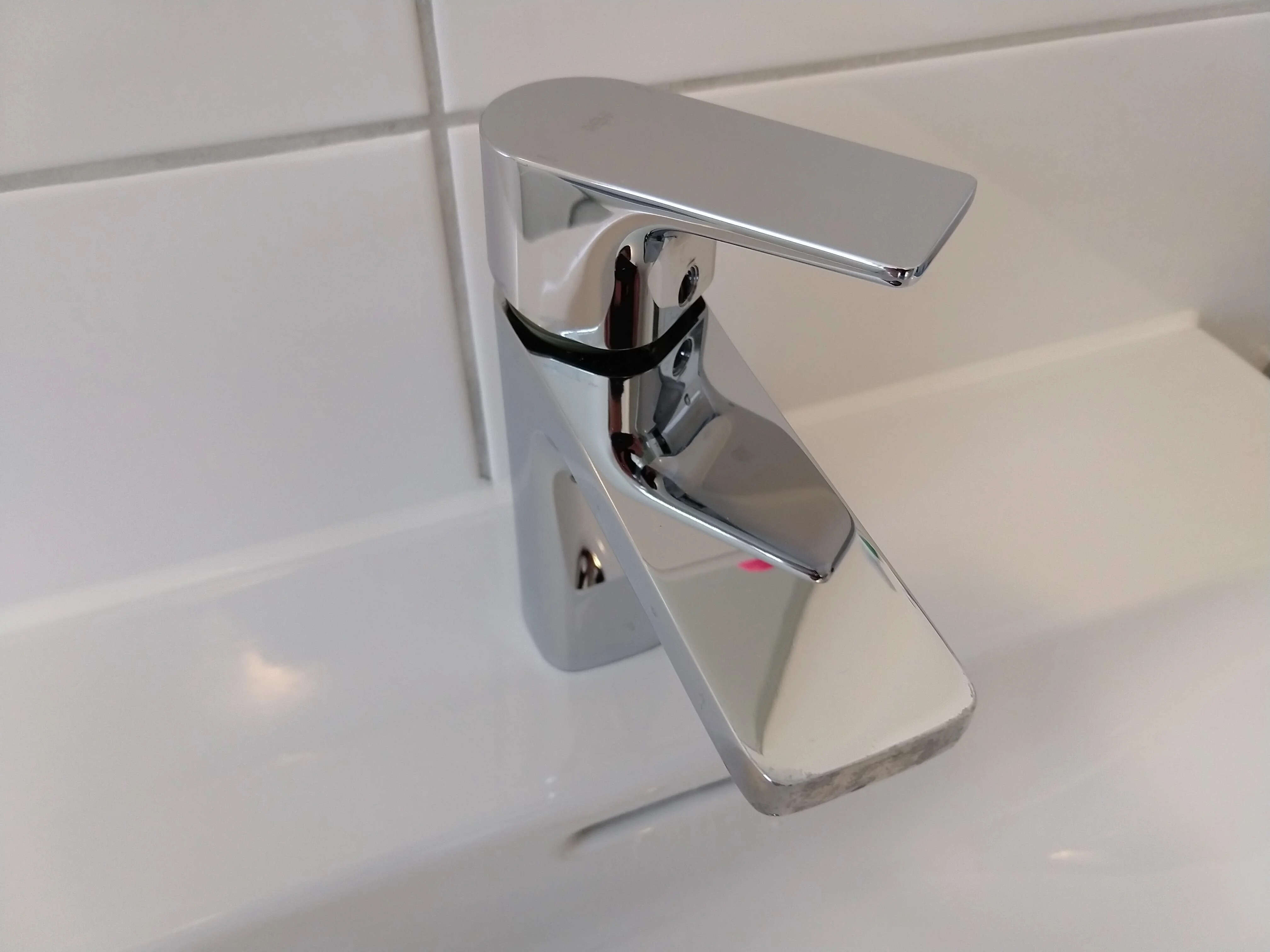
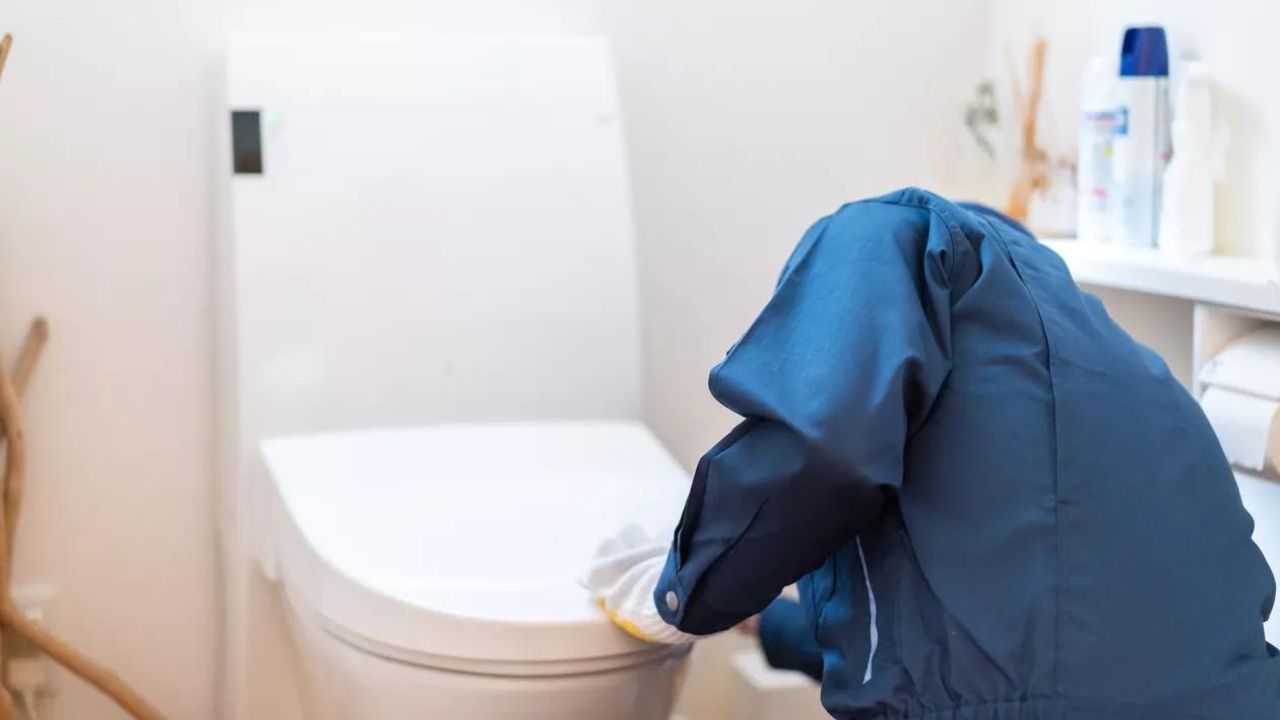
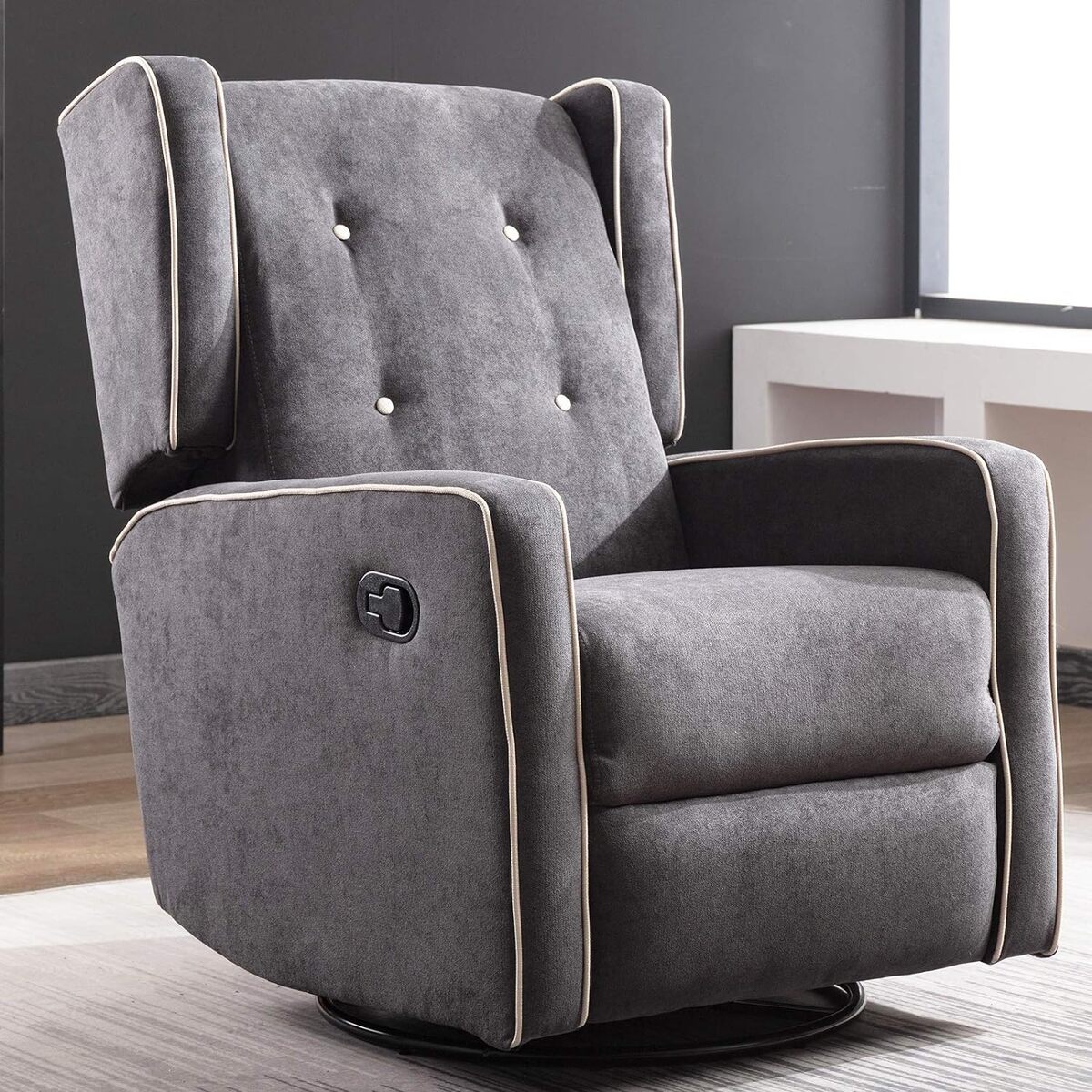
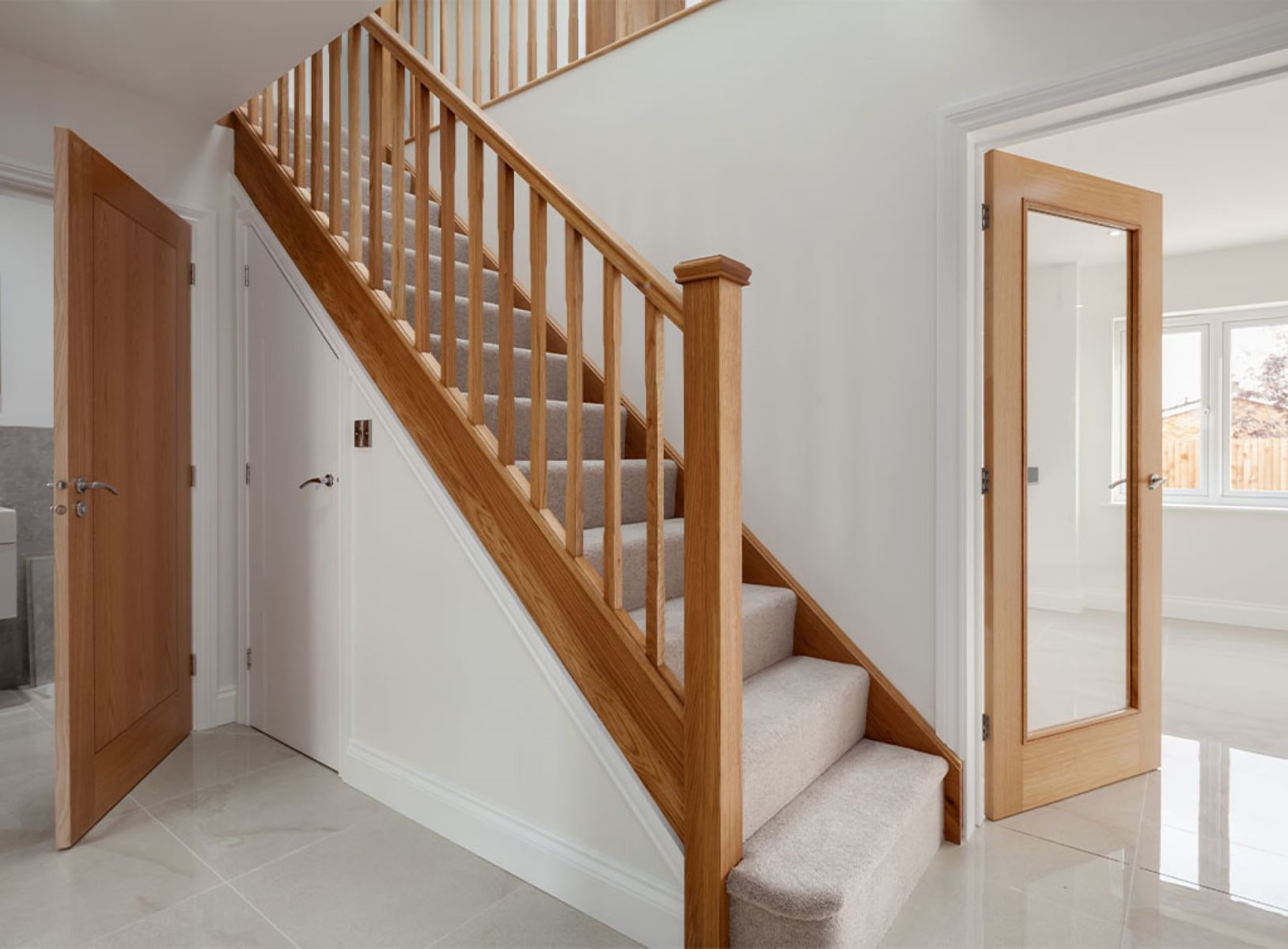
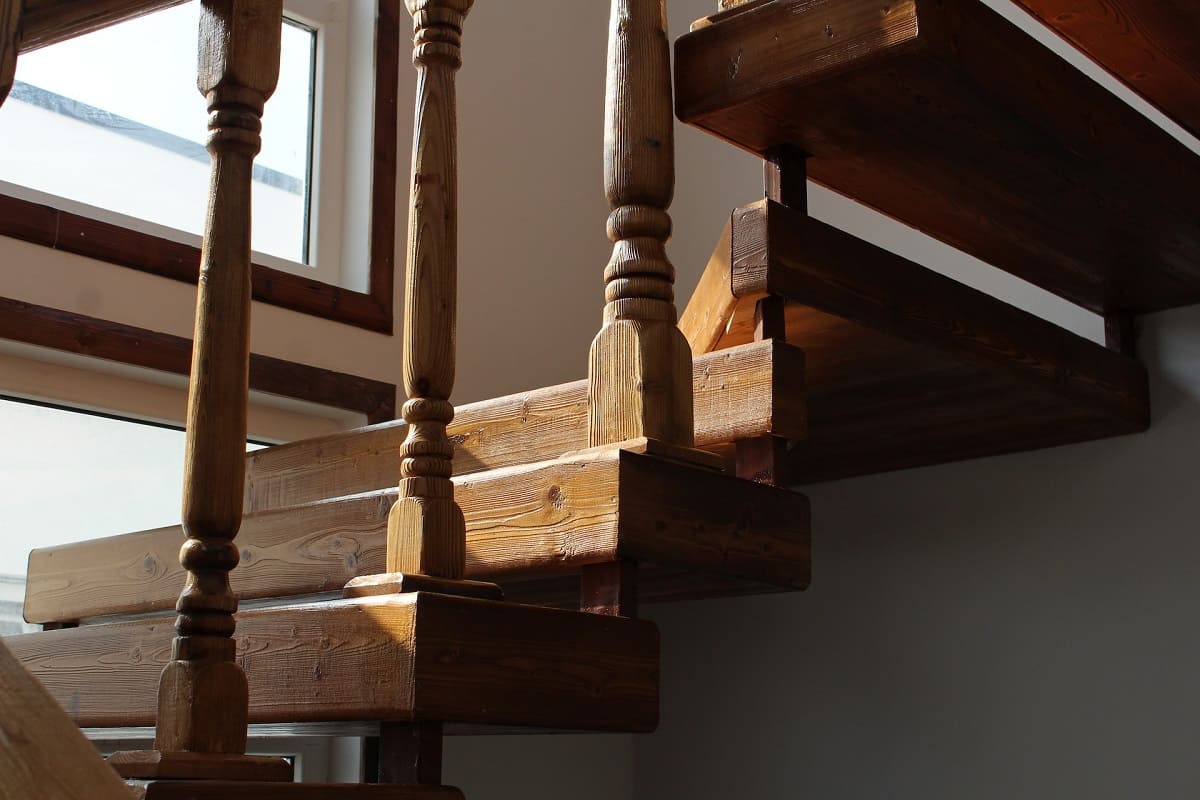
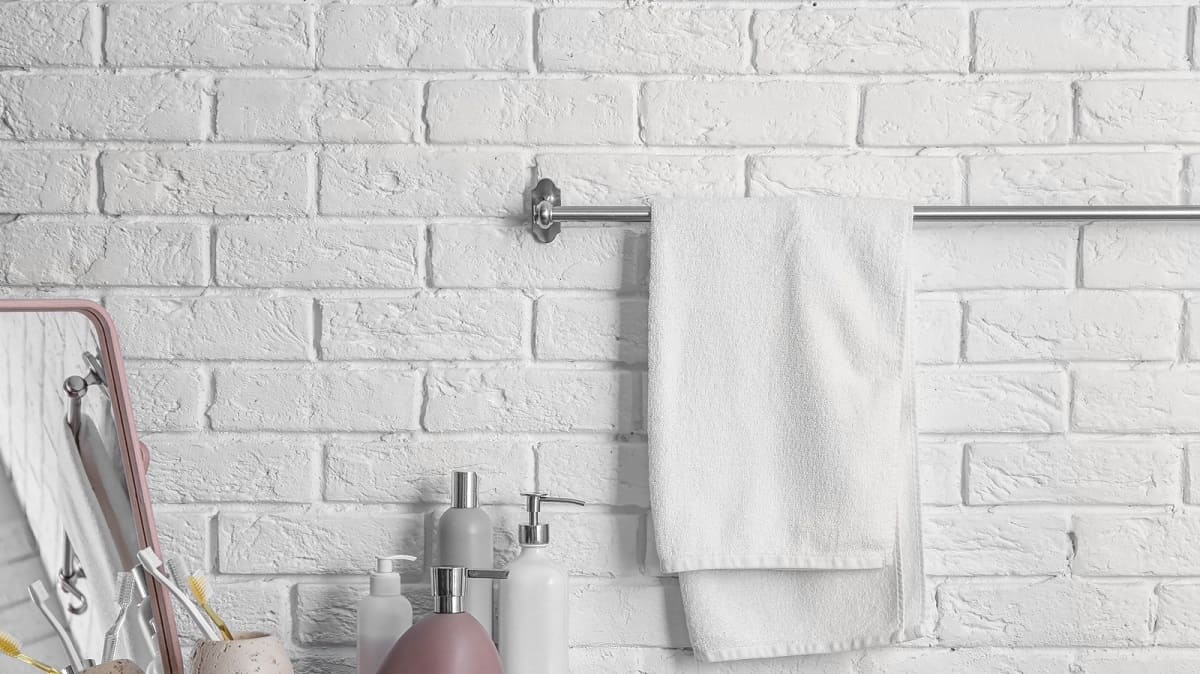
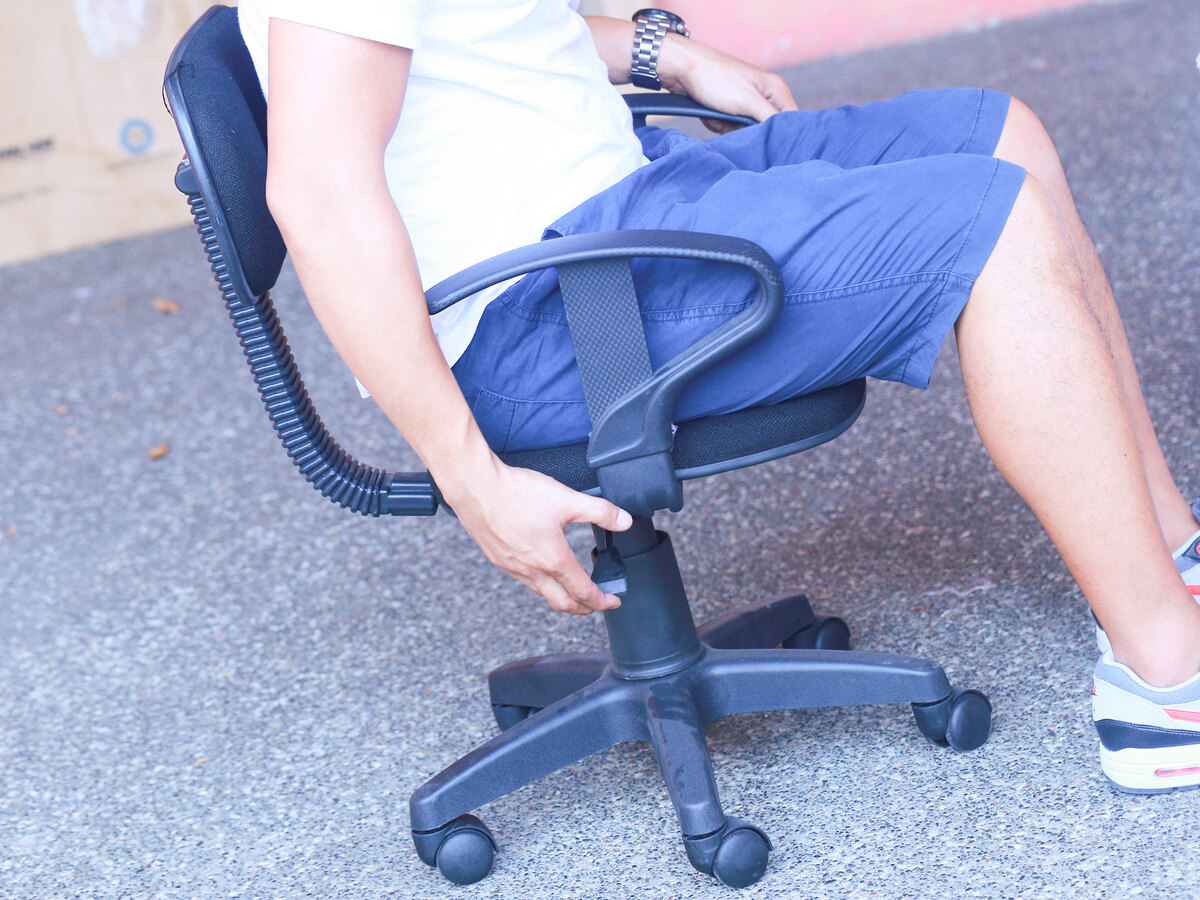
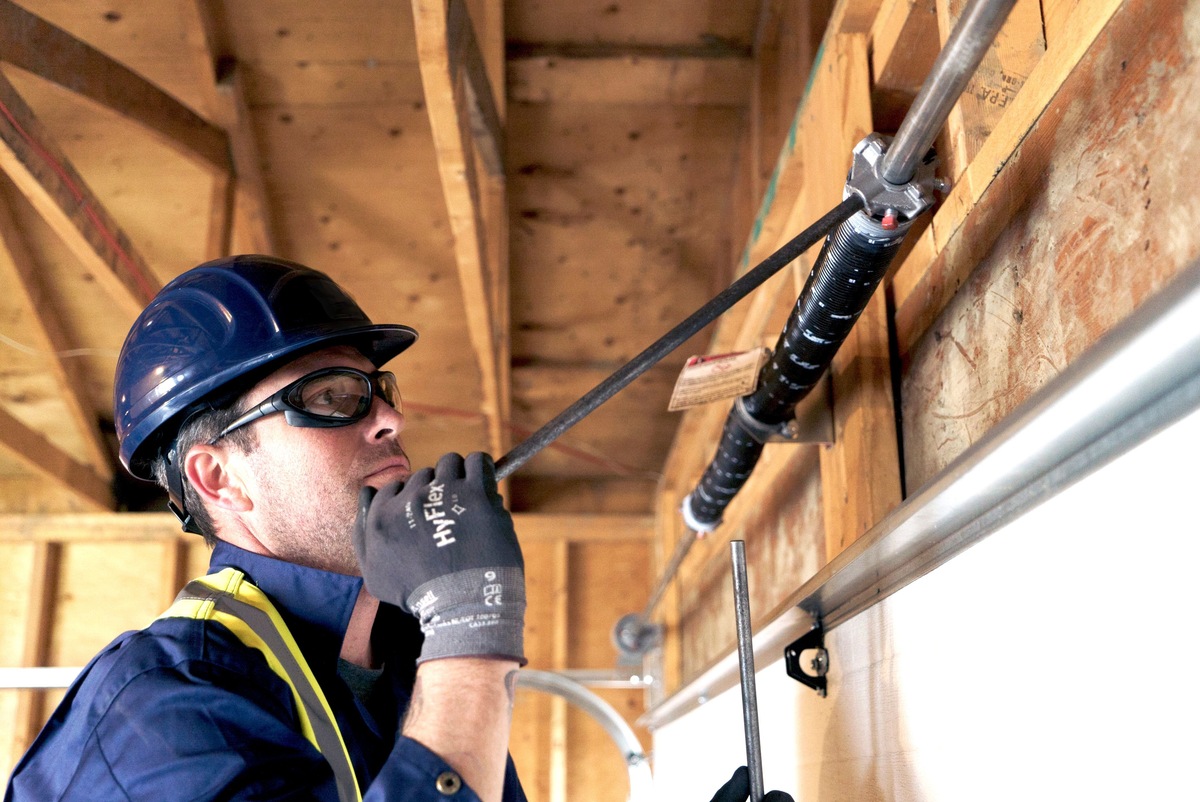
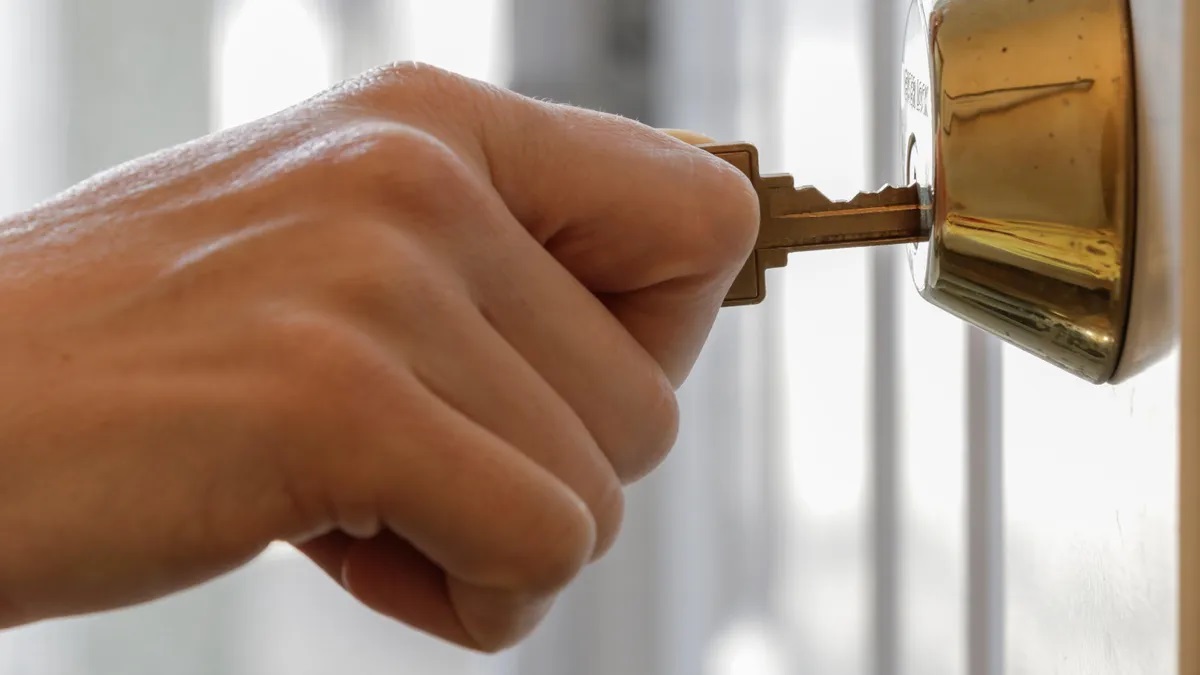
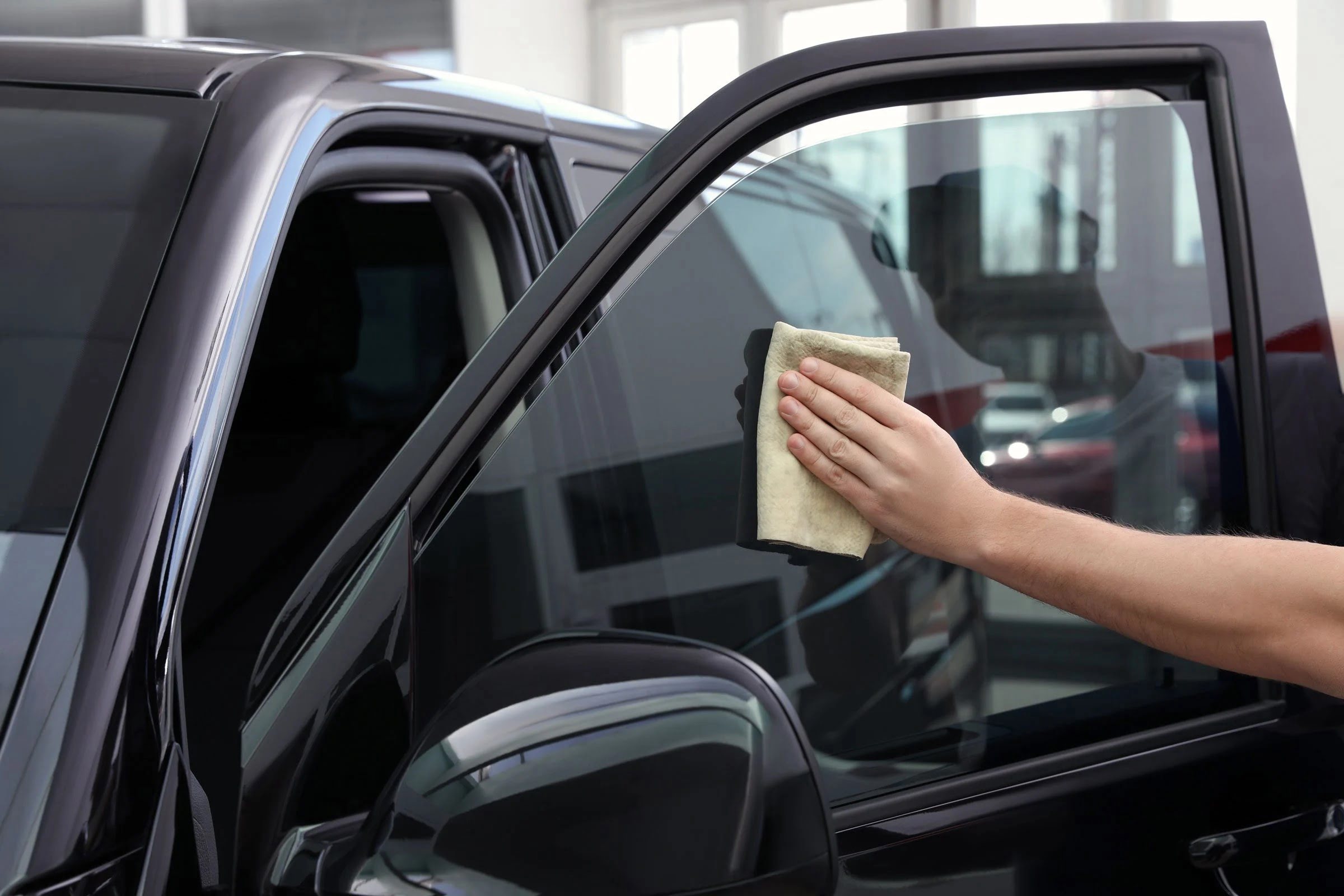
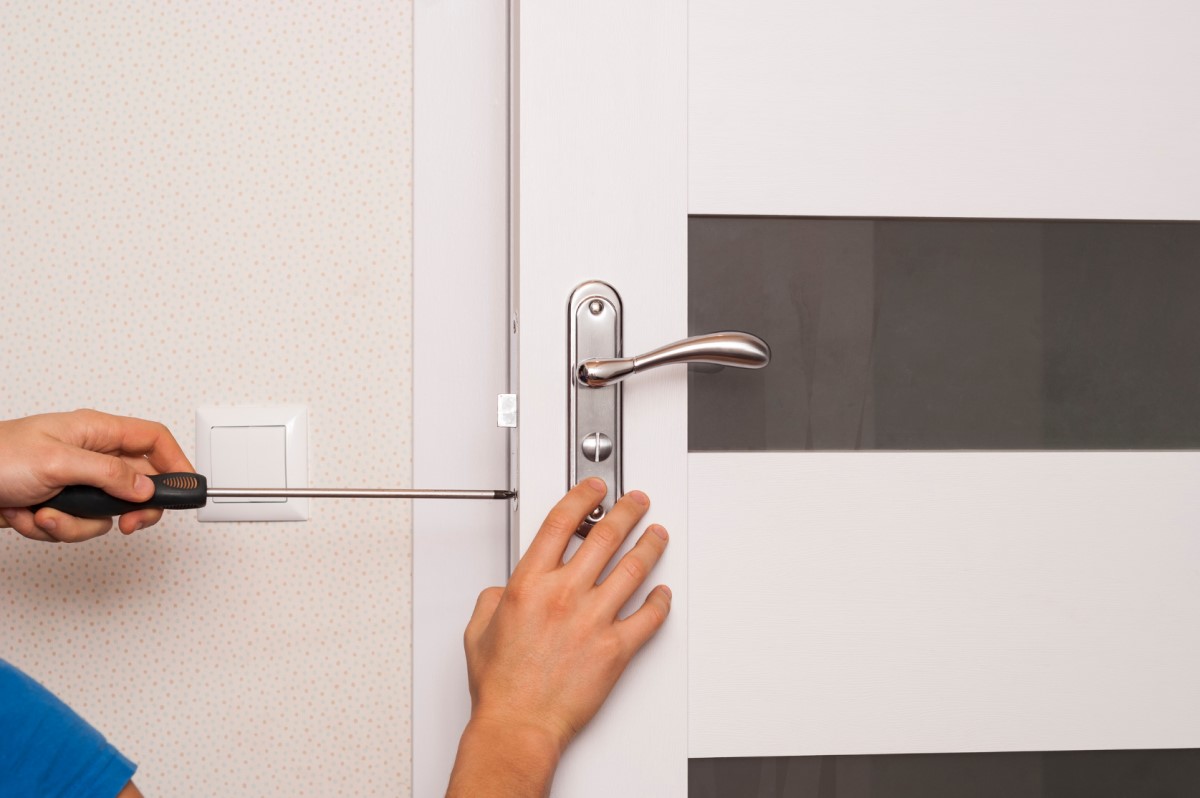
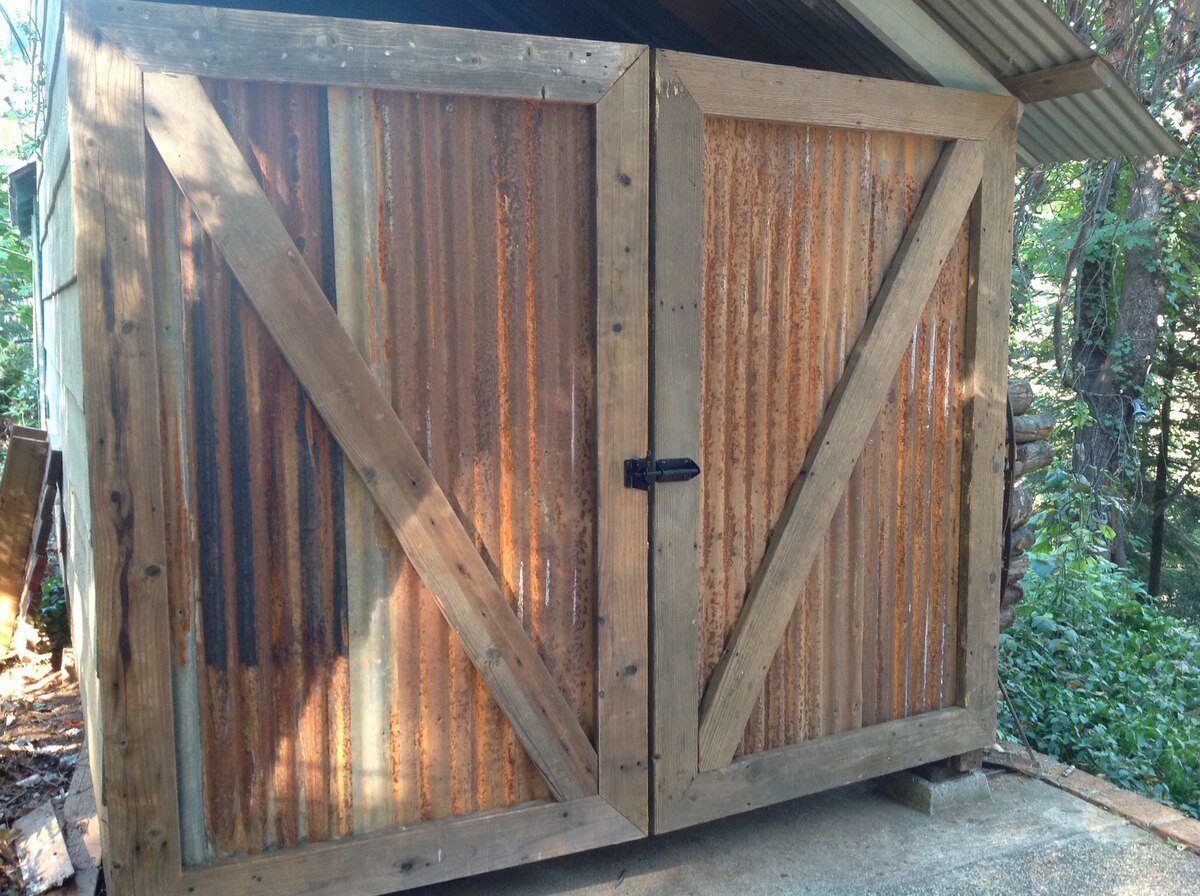
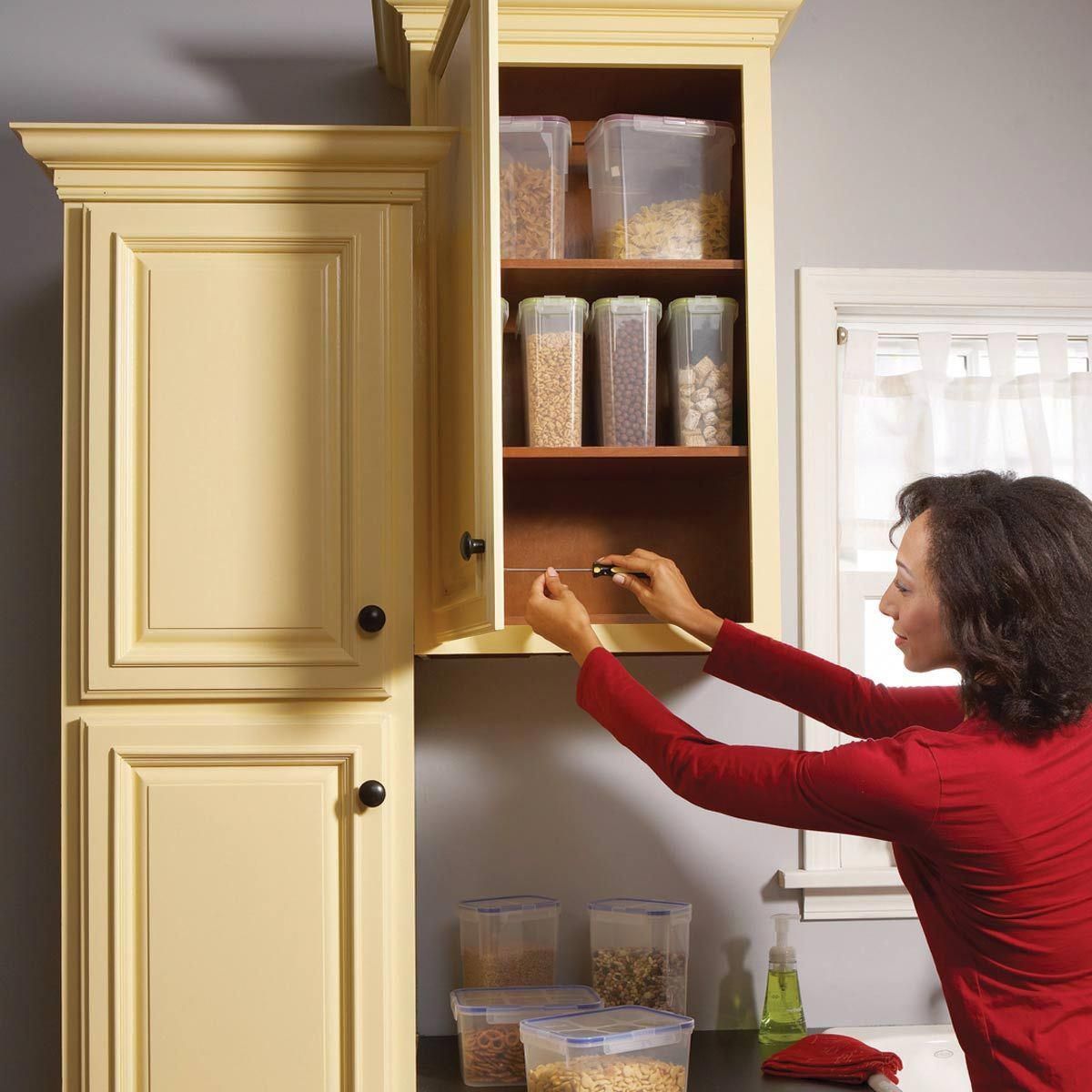

0 thoughts on “How To Fix A Squeaky Door”